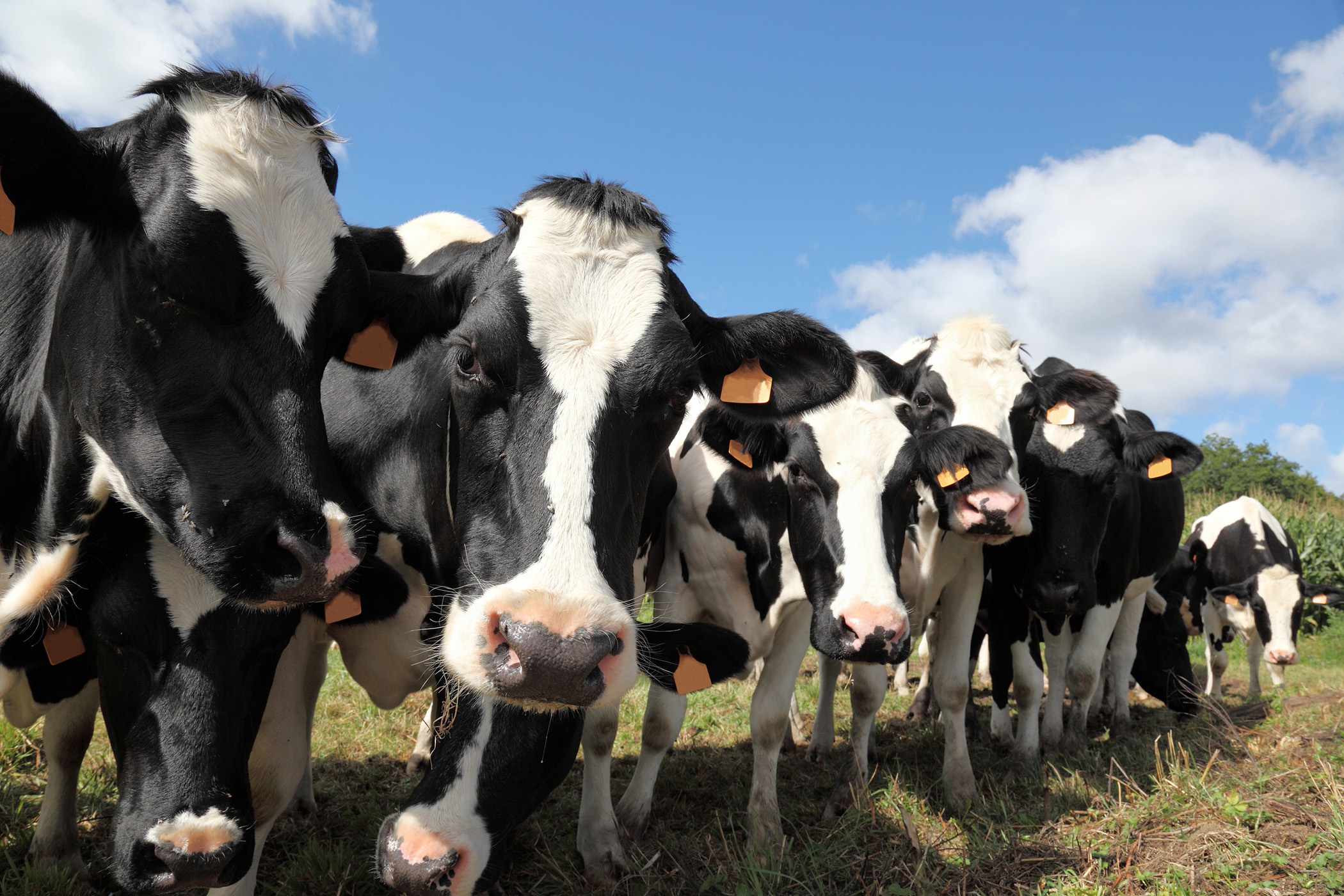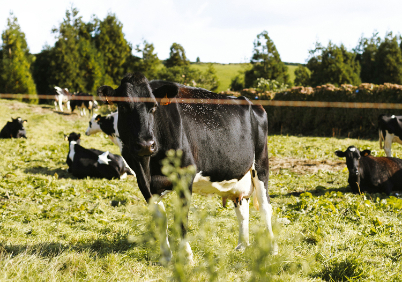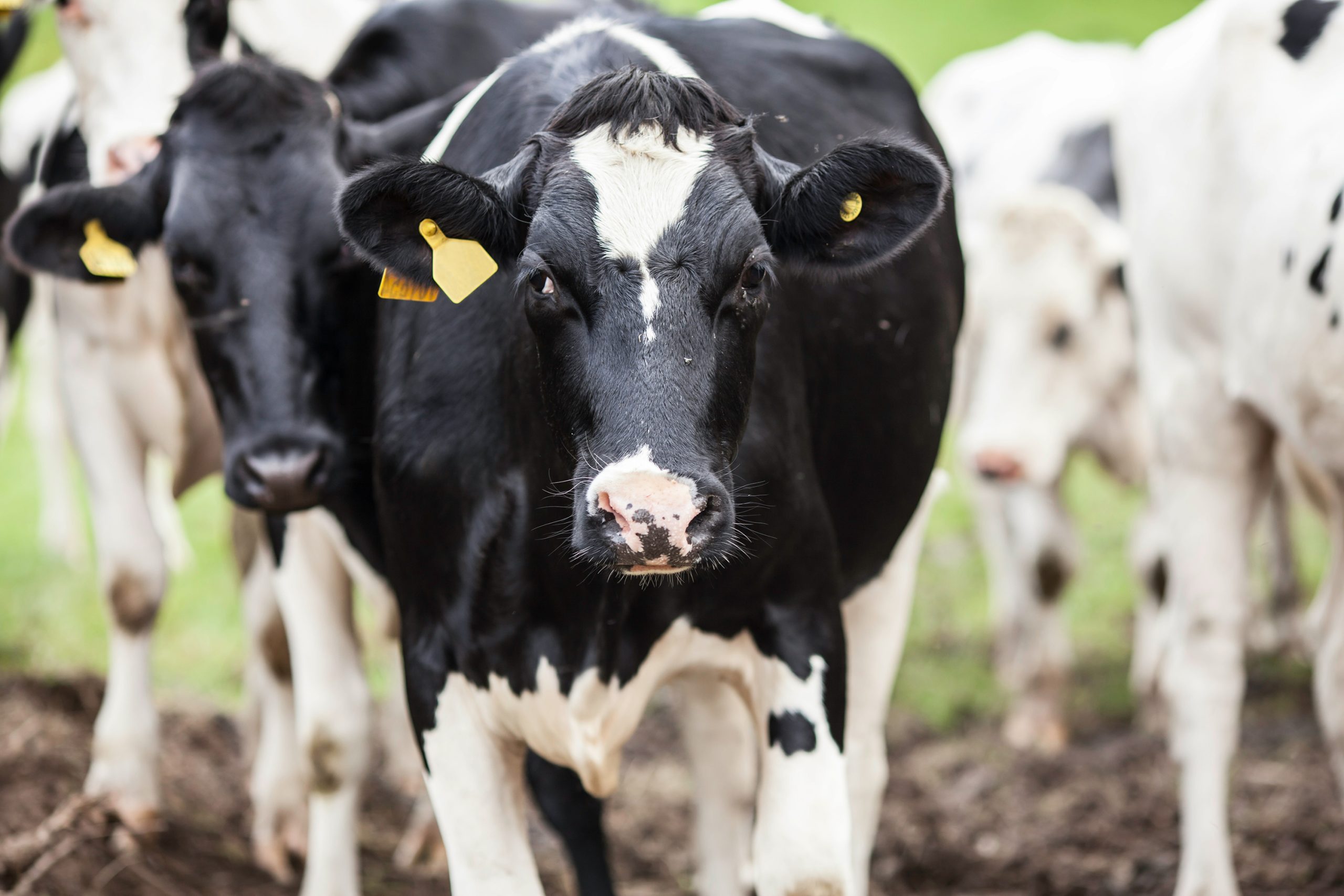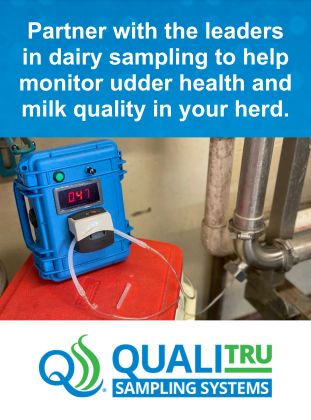Articles

Global dairy market: Price recovery will be slower than expected, but the outlook remains positive
Global dairy market: Price recovery will be slower than expected, but the outlook remains positive Article and Photo courtesy of Rabobank A recent Rabobank report indicates that the initial surge in dairy prices seen in late 2023 and early 2024 was largely due to a period of restocking at lower prices rather than a robust […]
READ MORE
Research confirms FerAppease® improves carcass characteristics of finishing cattle
Research confirms FerAppease® improves carcass characteristics of finishing cattle Article and photo courtesy of FERA Diagnostics and Biologicals COLLEGE STATION, Texas (April 30, 2024) — In a two-part Texas A&M University research study by Cooke et al. (2024)*, researchers administered FerAppease to finishing cattle and evaluated its impact on carcass characteristics. Results showed that FerAppease, a […]
READ MORE
How Soon Will a Cow Breed Back After Calving
How Soon Will a Cow Breed Back After Calving Article courtesy of BioZyme® Inc. (SAINT JOSEPH, Mo., April 30, 2024) We expect a lot from a cow. She spends roughly 283 days in gestation, delivers a calf, and then we prepare her for breed back and expect her to conceive problem free during her first […]
READ MORE
Keep Your Animals Cool This Summer
Keep Your Animals Cool This Summer Article and photos courtesy of Central Life Sciences As the summer months approach, producers may begin to notice the impact of rising temperatures on their animals. These raised temperatures are responsible for causing heat stress in cattle. Heat stress can result in various health issues, such as decreased breeding […]
READ MORE

